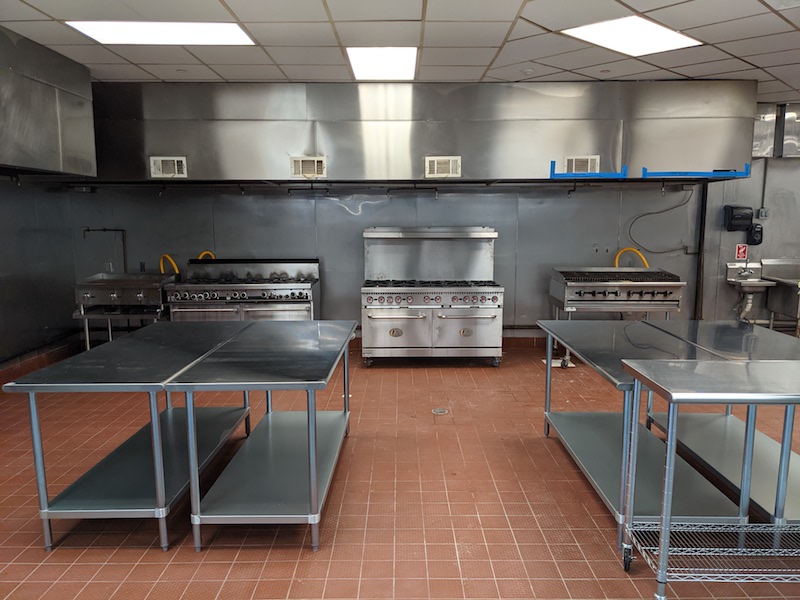Safeguarding Flavor & Trust: The Cookline’s Guide to Commercial Kitchen Sanitation
A delicious menu and top-notch service are essential for a successful food business, but without stringent food safety and sanitation practices, all your efforts can quickly crumble. The Cookline recognizes the importance of maintaining a hygienic environment and has compiled this comprehensive guide to ensure your commercial kitchen operates at the highest safety standards.

Personal Hygiene: The First Line of Defense
- Handwashing: Frequent and thorough handwashing is non-negotiable. Train staff to wash hands for at least 20 seconds with soap and warm water before handling food, after using the restroom, and after touching any contaminated surface.
- Proper Attire: Employees should wear clean uniforms, hairnets or hats, and gloves when handling food. Avoid jewelry and nail polish that can harbor bacteria.
- Health Checks: Anyone feeling unwell should not work in the kitchen to prevent the spread of illness.
Kitchen Sanitation: A Clean Slate for Culinary Creations
- Cleaning vs. Sanitizing: Understand the difference between cleaning (removing dirt and debris) and sanitizing (killing harmful bacteria). Establish a regular cleaning and sanitizing schedule for all surfaces, equipment, and utensils.
- Food Contact Surfaces: Pay special attention to surfaces that come into direct contact with food, such as countertops, cutting boards, and utensils. Sanitize them frequently using approved sanitizers.
- Equipment Maintenance: Regularly clean and maintain cooking equipment like ovens, grills, and fryers. Follow manufacturer instructions for proper cleaning and sanitizing procedures.
- Pest Control: Implement a comprehensive pest control program to prevent infestations. Seal any cracks or openings, store food properly, and work with a licensed pest control professional if needed.
Food Handling and Storage: From Farm to Fork
- Temperature Control: Monitor food temperatures closely. Use thermometers to ensure that hot foods stay hot and cold foods stay cold. Store perishable items at appropriate temperatures to prevent bacterial growth.
- Cross-Contamination Prevention: Avoid cross-contamination by using separate cutting boards and utensils for raw and cooked foods. Wash and sanitize all surfaces and tools after handling raw meat, poultry, or seafood.
- FIFO (First In, First Out): Rotate food stock using the FIFO method. Use older items first to prevent spoilage and waste.
- Proper Labeling and Storage: Clearly label and date all food containers. Store food in airtight containers to maintain freshness and prevent contamination.
Additional Food Safety Tips
- Train Your Staff: Provide regular training on food safety and sanitation protocols to all kitchen staff.
- Stay Informed: Keep up-to-date with the latest food safety regulations and guidelines.
- Document Everything: Keep detailed records of cleaning schedules, temperature logs, and any incidents or complaints related to food safety.
The Cookline: Your Food Safety Partner
At The Cookline, we prioritize food safety and sanitation. Our shared kitchens are designed with hygiene in mind, and we provide resources and support to help our members maintain the highest standards. Partner with us to ensure your culinary creations are not only delicious but also safe for consumption. For more information, call us today!
